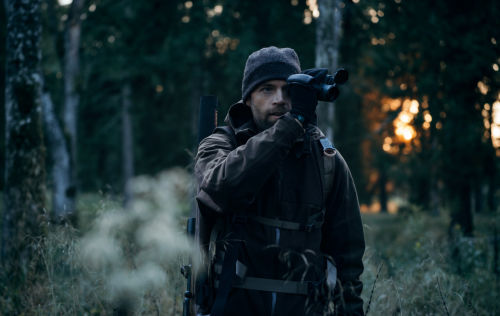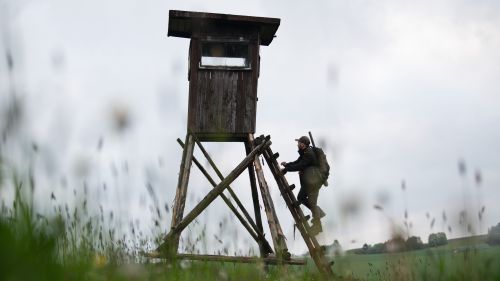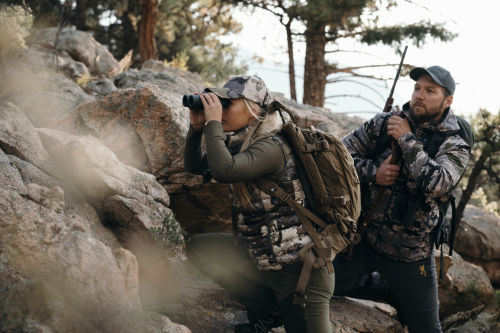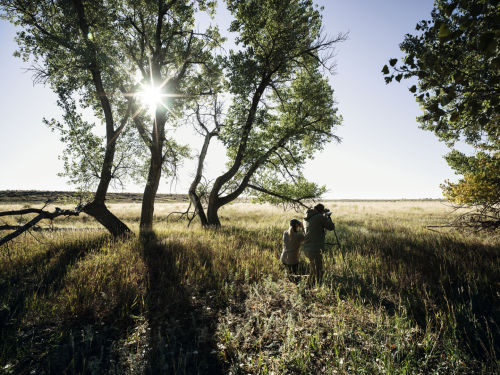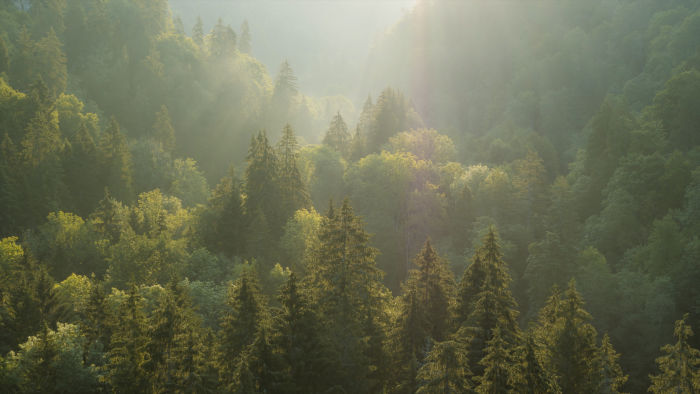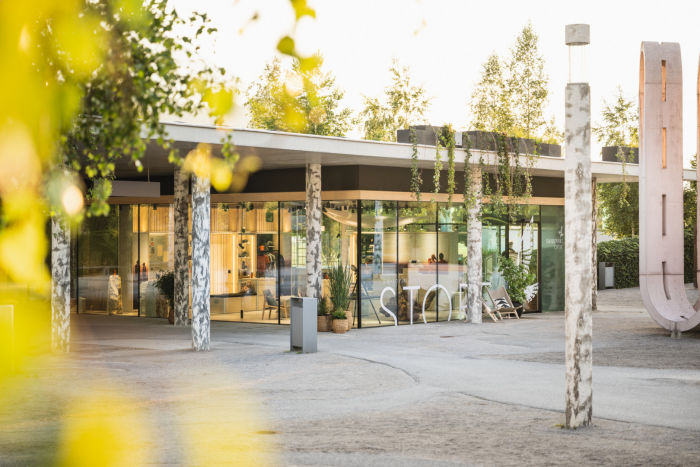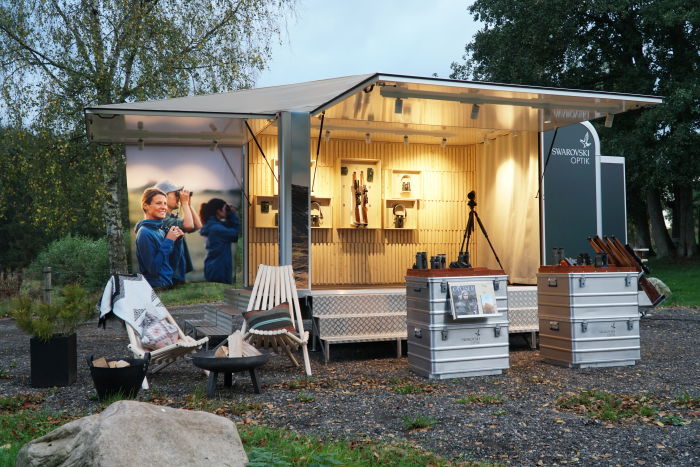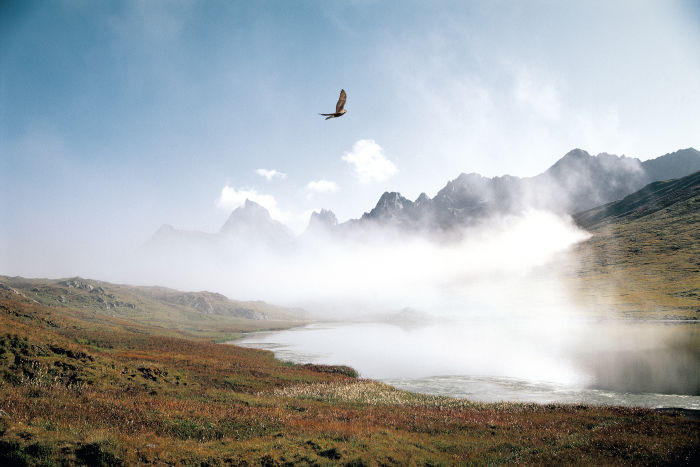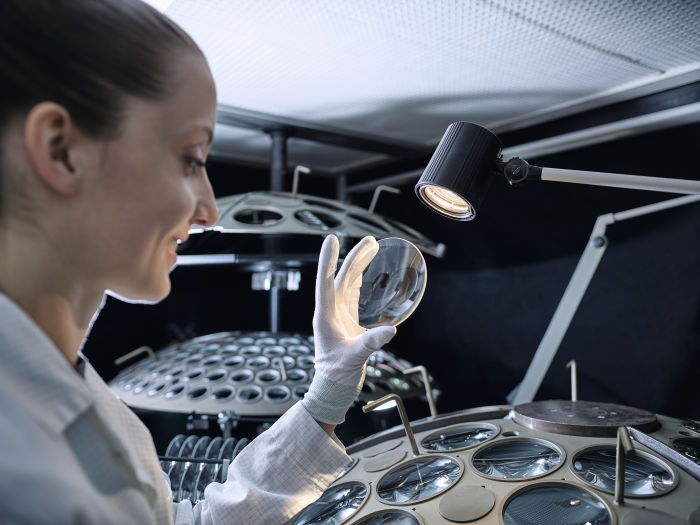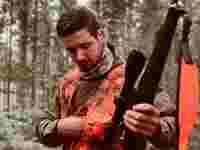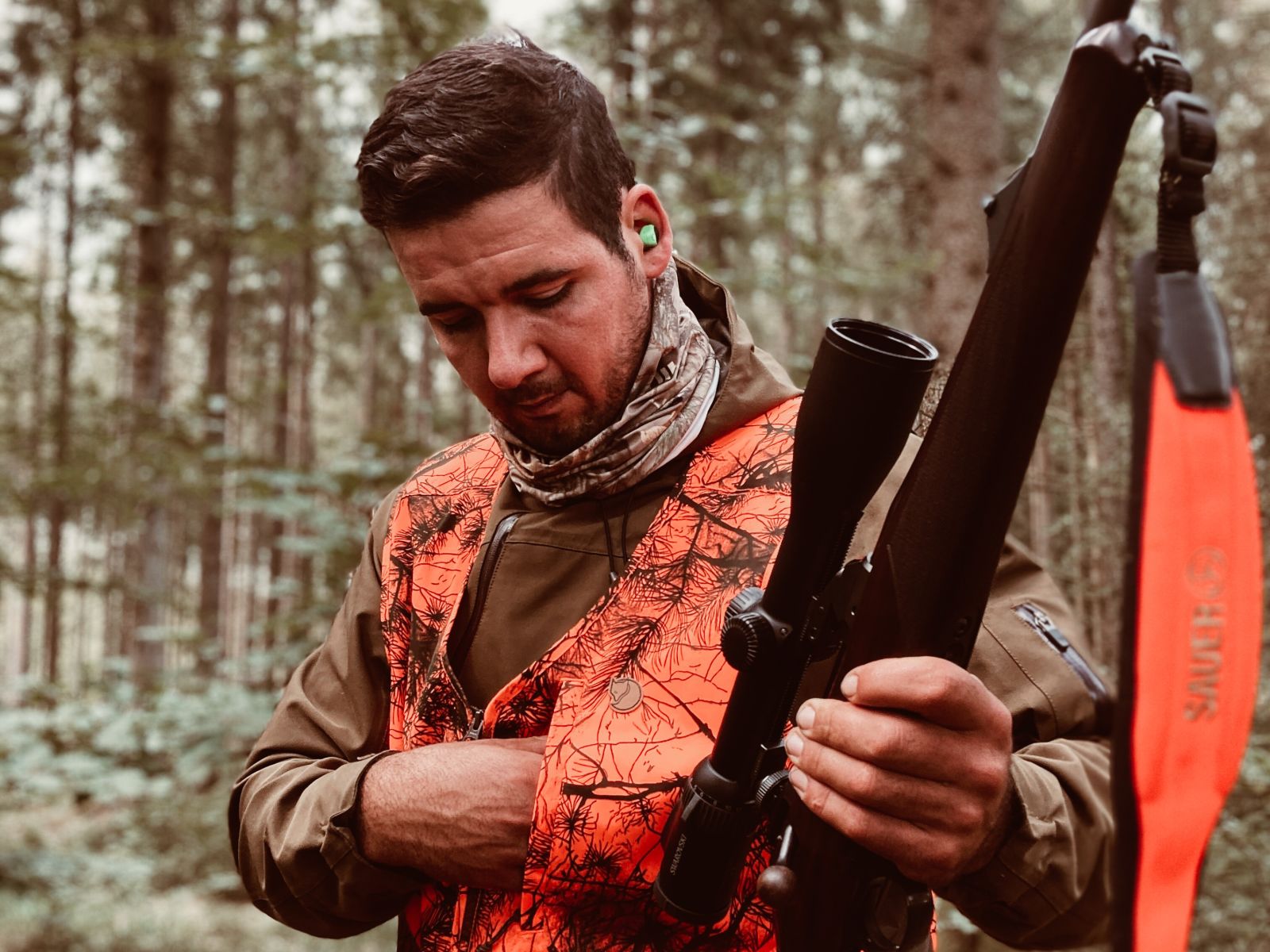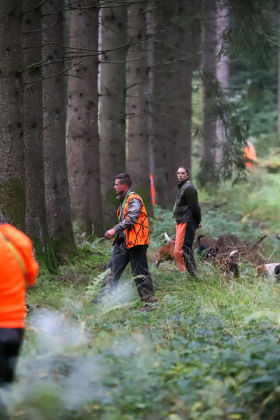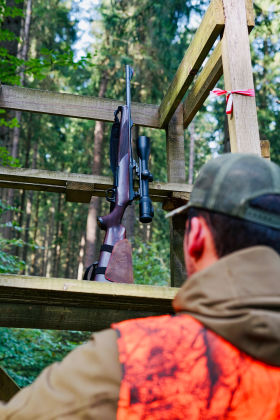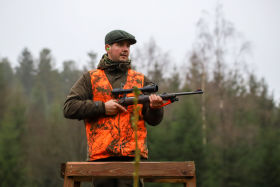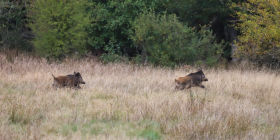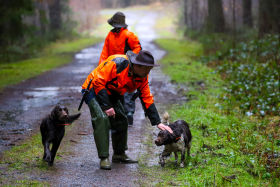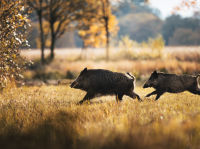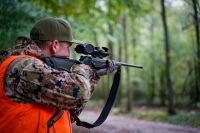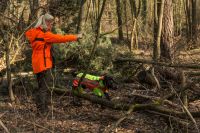When people talk about driven hunting in Belgium, they mostly refer to the French-speaking part of the country (Wallonia). In Flanders, the northern part of the country where people speak Flemish, they manage roe deer and other big game species from a high seat for safety reasons.
Waiting for October 1 – the start of the driven hunt season
Many hunters can’t wait till the first of October, because that’s when the driven hunt season opens in Belgium. It usually ends on December 31. Sometimes we organize extra days, limited till the end of February. In the 2 parts of Belgium, we also have different opening and closing dates for animals. So, you better inform yourself in advance about these dates.
Be prepared: hunting licenses and insurance
The same goes for the hunting license: you need a valid insurance and a license to hunt in the French part (Wallonia). It is a different license than the one in Flanders, mind you. Not bad for a small country like Belgium, right?
Are you the calm type?
In the eastern part of Belgium, silent hunts are becoming ever more popular. This development is probably influenced by German hunting methods.

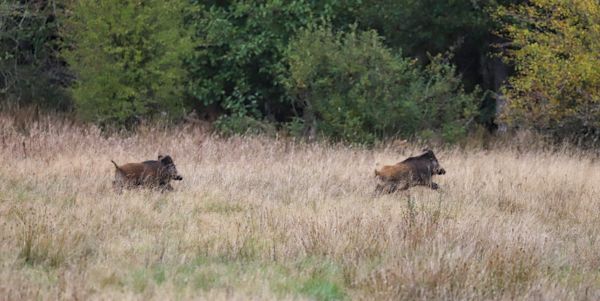
offer the opportunity to place a precise shot. Plus, you can be more selective in the animals you harvest.
The hunters are posted on a high seat and can shoot 360 degrees around their post if there are no beaters near them or if they are in a safe distance.
There are small groups of people who walk through the woods, without making too much noise. The intention is to get the animals to move calmly out of their hides and not to chase them.
In this way, you make the animals stand or walk past the hunters who can then better select the individual animas and place a precise shot.
It takes a totally different organization than a traditional driven hunt and more discipline from the hunters as you can only shoot when the animals are standing still or walking in front of you.
There can be dogs on a silent driven hunt, but then they are on a leash.
Let me take you with me…
We start our day with a clear and thorough briefing. This is vital to ensure safety. Everyone who participates must wear something orange, so that the hunting line is always clearly visible. In the briefing, we are informed about which animals we’ll be hunting today. Wild boar has very little restrictions, because of the dense population. On this particular day, roe deer and red deer can be hunted too. However, the red stags are hard to select. Unless the bigger and smaller ones are open, you better be careful.
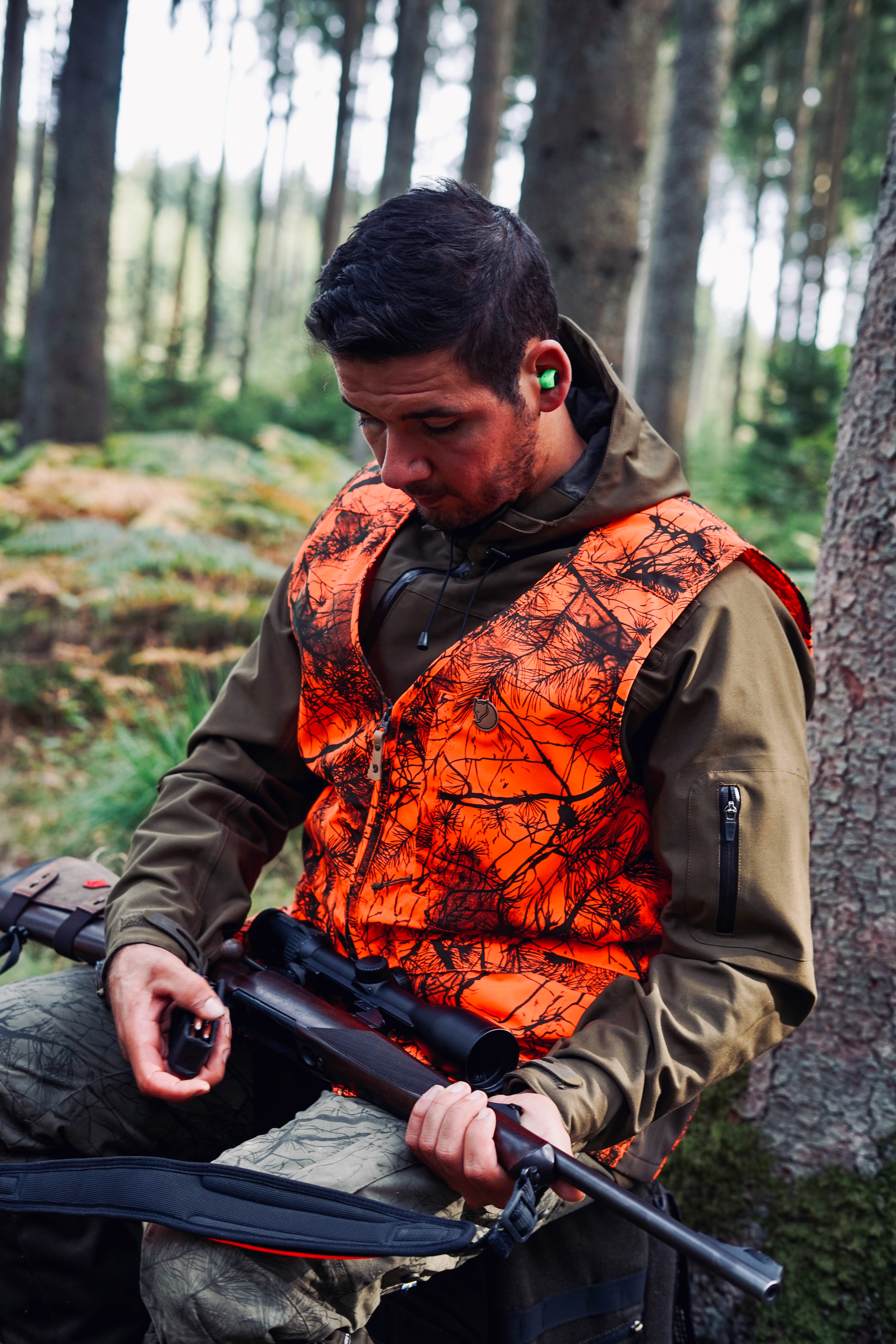
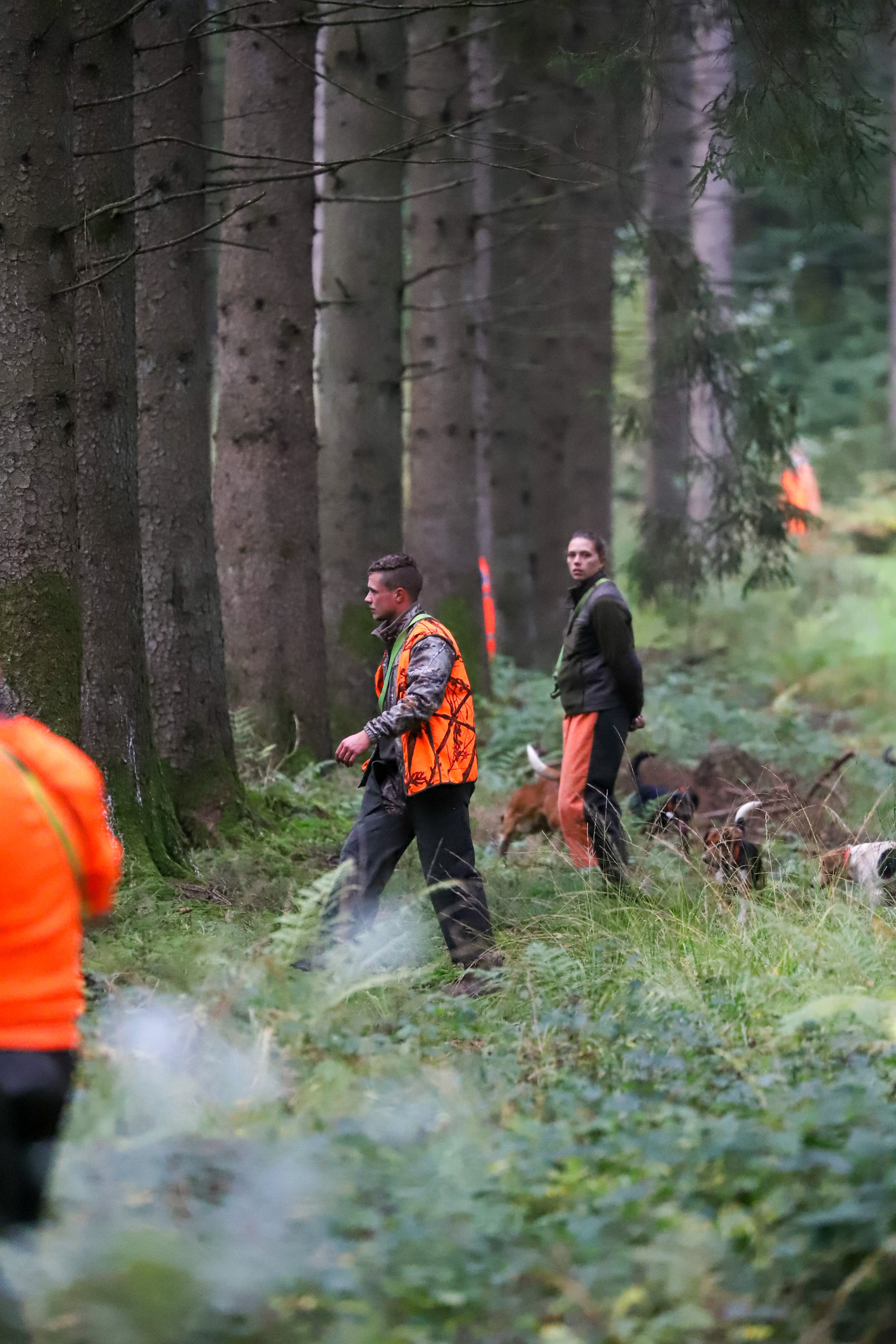
I go to my stand, where I verify if my neighbors are at their post and if it’s safe to shoot. During this drive, we can shoot from the moment we arrive at our stand. I check my rifle, adjust my scope (the Z8i 2-16x50 P SR, in my case), and load my firearm.
It doesn’t take long before the beaters arrive in the woods. Their dogs are excited to get out of the trailers. Then… the sound of a horn. The line of beaters starts. They are making their way through the forest. The dogs run around, through dense undergrowth. Like a finely tuned machine, they stay in one line and try to get the animals on the move. It doesn’t take long before the first roe deer is harvested by a shooter. A doe passes my line, I don’t shoot because it’s the first one I see today. And I like to leave them for the future, unless it’s an old or unhealthy one.
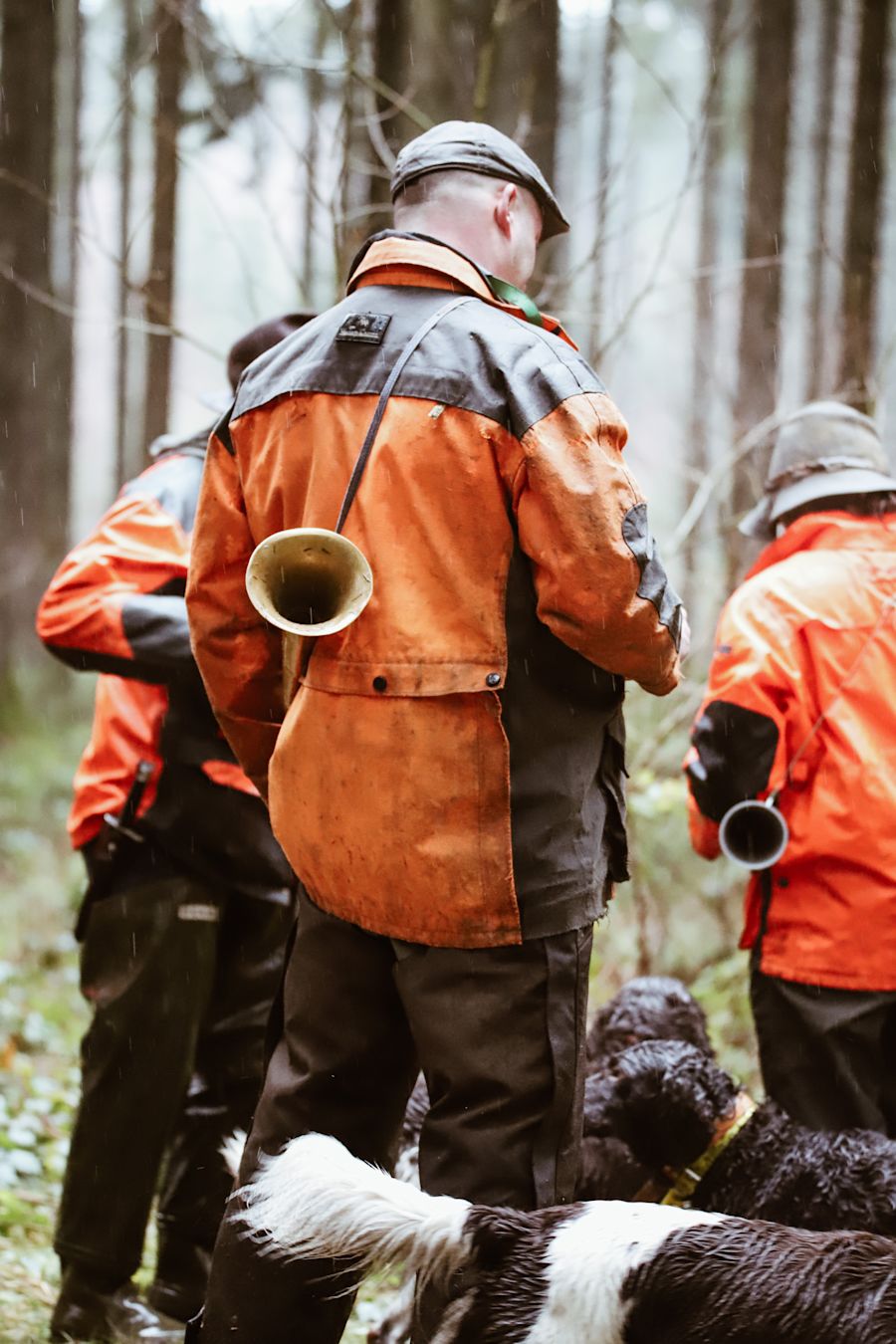

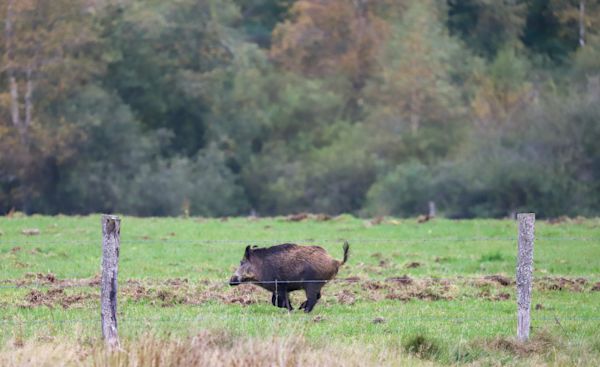
The beaters pass my stand. As they are almost out of sight, suddenly the ferns start moving. A wild boar managed to escape the dogs and is trying to take off behind the beaters. My lucky day, the good male wild boar passes my stand. Whatever happens today, my hunt is a success.
The horn sounds, three loud and long blows. It announces the end of the drive. I unload my rifle before I get off my stand and go to see the animal I harvested. While I show my last respects, my fellow hunters come to take a look. They congratulate me for harvesting such a fine wild boar.
Apparently, I’ve run out of luck for this day. No sightings. But then, there they are, the absolute kings of the woods. A group of red deer is coming up the hill. None of them are open on this day because they are too big. So, I put down my rifle and raise my camera instead to enjoy the view. No words can describe these majestic animals. I hope one day I can harvest one of them.
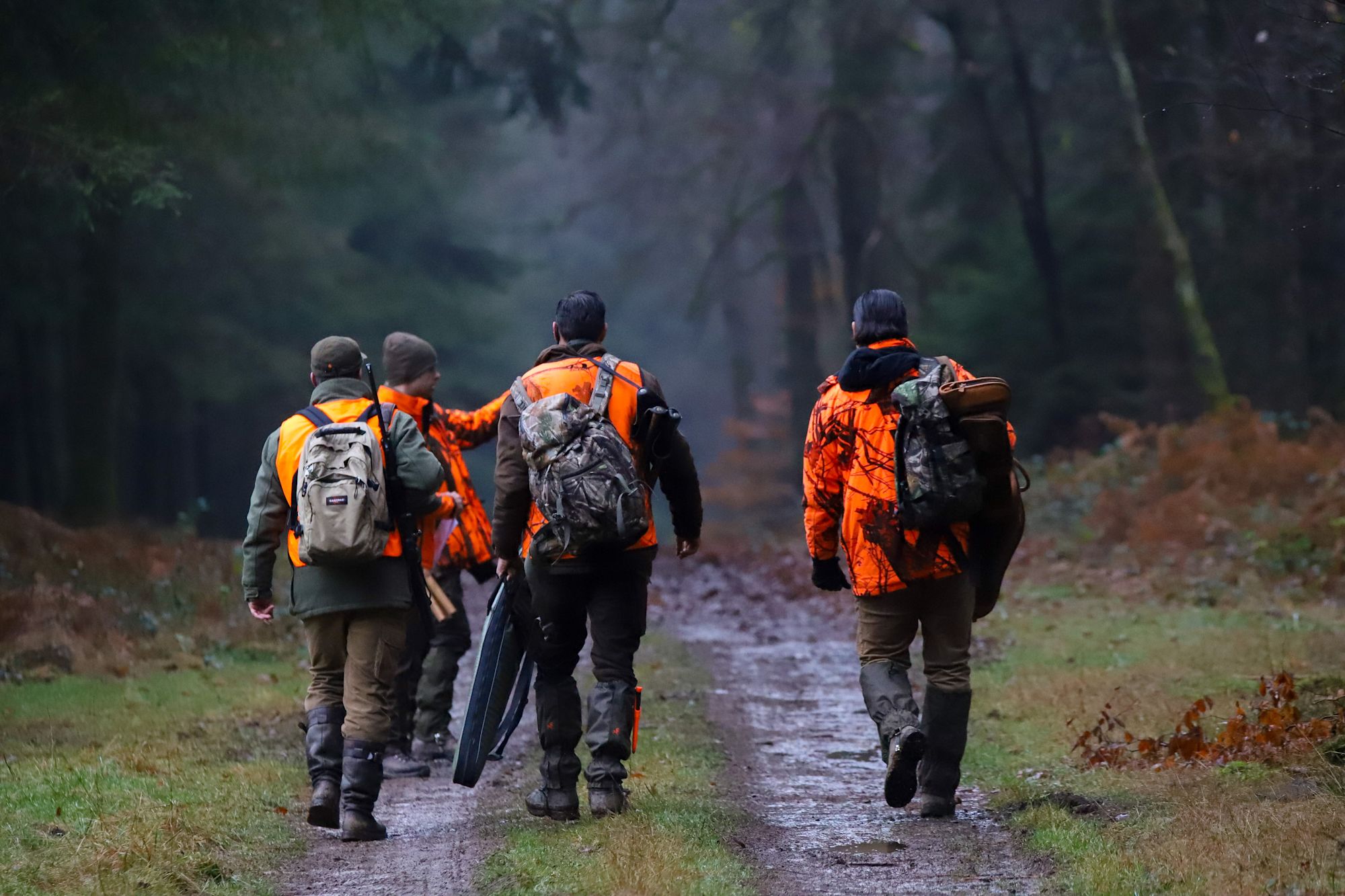
The day comes to an end. The last animals are labeled and transported to the meeting place. All the hunters who were successful join the president (the owner of the hunting terrain) for a little ceremony, while two traditional horn blowers play different songs to honor the animals.
We close the day with food and drinks. Besides enjoying a wonderful outdoor experience, I deem the social aspect of hunting as equally important. And the best part is: I even get some new hunting invitations. Great! I can’t wait to get out again.
Driven by passion, driven by emotion, driven by hunting!!!
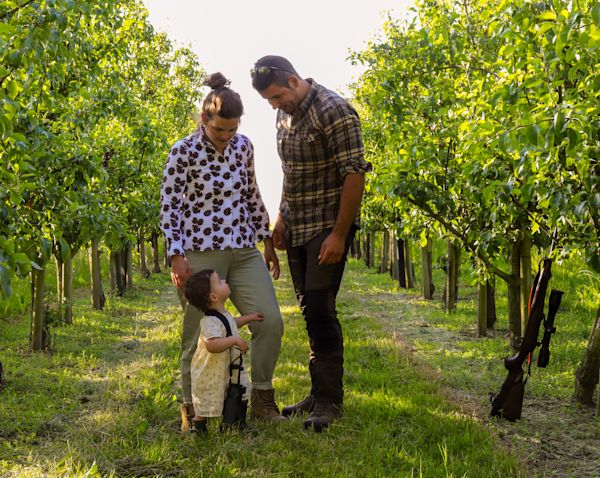
About the author and hunter:
Dimitri Hullebroek (alias Hunting_dimi)
Born in 1987, Dimitri is a young landscaper from Belgium with a passion for nature and its inhabitants. With his social media accounts (Facebook and Instagram), he tries to show the importance of hunting to a wider audience. He likes to be reachable, that’s why he combines hunting with wildlife photography and fieldwork. Dimitri strives to change the image of hunters being a closed community, but rather wants to inform people about the possibilities that nature gives us. On his rifle, Dimitri mounted the Z8i 2-16x50 P SR, an allrounder rifle scope, using the SWAROVSKI rail for maximum shooting stability. With the EL Range TA, he observes nature and precisely measures distances. The young Belgian hunter loves to be able to raise his child in a green environment together with his girlfriend. They are both hunters with a passion for all aspects of nature.

Intended Use
Driven hunting
Join the Hunt!
Feel the excitement and camaraderie of driven hunting with our exclusive products and captivating stories. Whether you’re a seasoned hunter or just starting out, our website has something for everyone. Dive into the world of driven hunting today!
